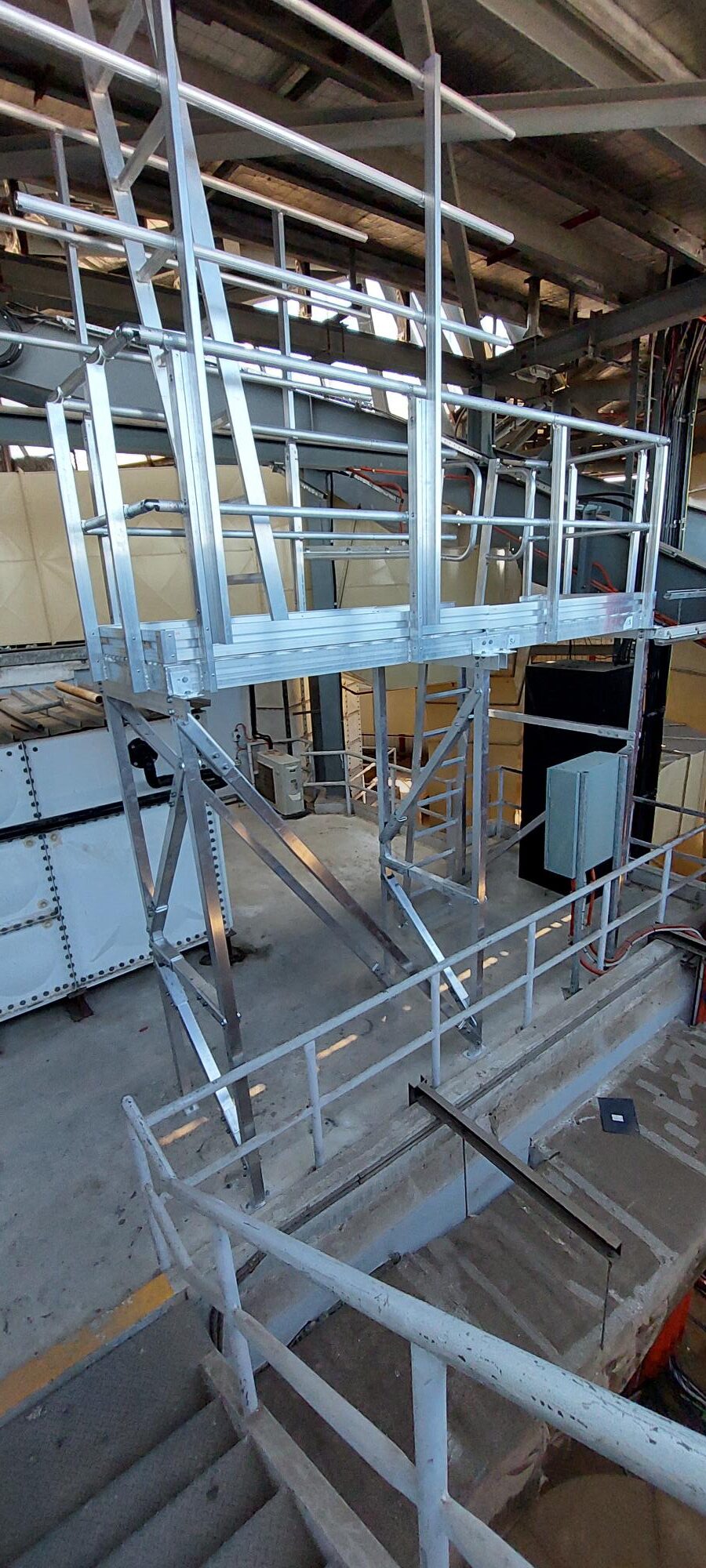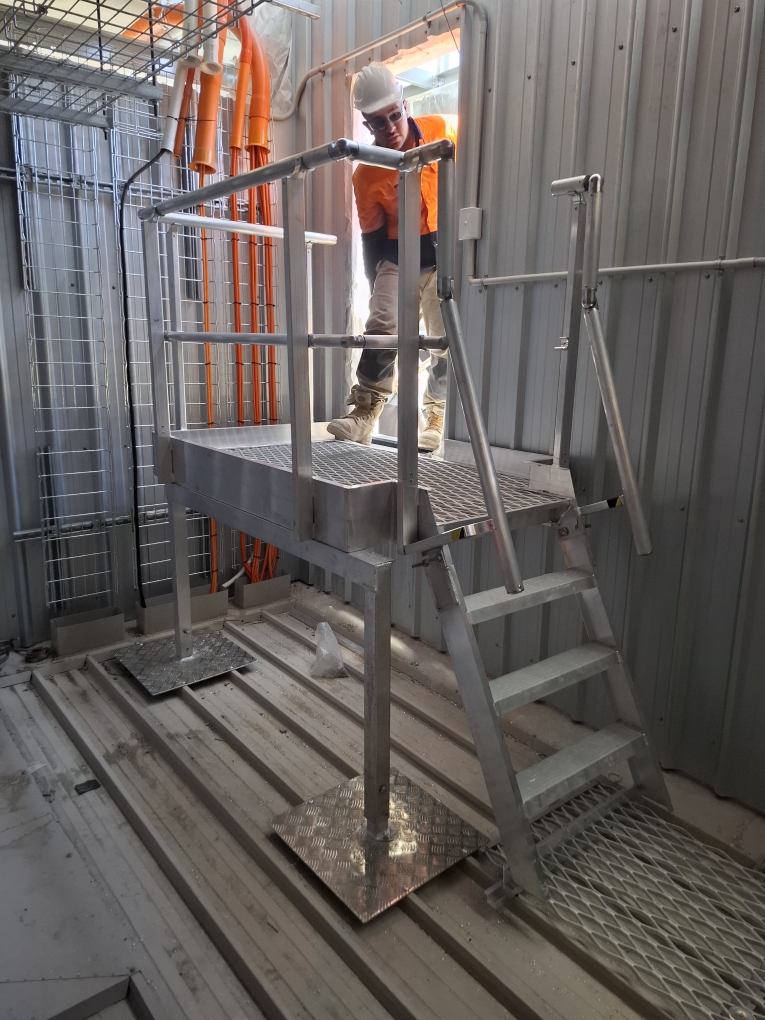n February 2018, a worker was killed after falling five metres onto a concrete floor. Early investigations indicate the worker was attending to a radio tower on the roof of a storage shed when a skylight has collapsed and he fell through to the floor below. Investigations are continuing.
Preventing a similar incident
This incident highlights the risk of working on or near fragile roof surfaces. Roofs are likely to be fragile if they are made with:
- asbestos roofing sheets
- polycarbonate or plastic commonly used in skylights
- roof lights, particularly those in the roof plane that can be difficult to see in certain light conditions or when hidden by paint
- fibre cement sheets
- liner panels on built-up sheeted roofs
- metal sheets and fasteners where corroded
- glass, including wired glass
- chipboard or similar material where rotted
- wood slabs, slates and tiles.
Processes must be in place to identify all fragile materials before any roof work commences. Protection must be provided if there is a risk of falling through the roof and work is being done on the top of the roof. Control measures to prevent injury from work on fragile roofs are similar to methods used for roof work more generally, including using:
- an elevating work platform so workers can avoid standing on the roof itself
- barriers such as guard rails or covers that are secured and labelled with a warning
- guard rails fitted to all work and access staging or platforms
- walkways or crawl boards of a suitable size and strength
- staging on the roof surface to spread the loads
- safety mesh secured under fragile roofing or skylights. If safety mesh is used, ensure it:
- conforms to AS/NZS 4389:2015 Roof safety mesh
- is installed by a competent person in a safe manner and in accordance with the manufacturer’s instructions
- has its integrity inspected by a competent person prior to roof maintenance or removal
- is covered by the roof cladding as soon as reasonably practicable after it has been installed
- a harness system with adequate anchorage points, along with appropriate training and supervision. Wearing harnesses creates a trip hazard, so workers must take extra care with them. Training should include how to rescue someone who falls while using a fall arrest system
- permanent warning signs at every likely access point to the roof warning of the presence of fragile roofing materials.



